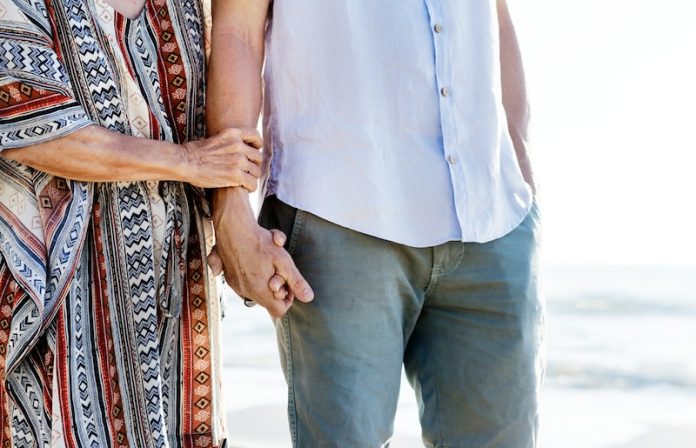
As we age, staying balanced and keeping good posture can become a real challenge.
This happens for several reasons: muscles lose strength, eyesight changes, and our body’s ability to sense position weakens.
Unfortunately, these changes mean older adults are more likely to fall. In fact, about 40% of older adults experience at least one fall each year, often leading to injuries.
For a long time, doctors and fitness experts have known that balance exercises can reduce the risk of falling. These exercises help people adjust their posture quickly when faced with sudden movements, like if someone accidentally bumps into them.
However, most balance-training equipment is large, expensive, and complicated to use, which makes it hard for people to train outside of a specialized clinic.
But now, a new device might change that. Assistant Professor Masataka Yamamoto and his team at Tokyo University of Science recently developed a wearable balance exercise device (WBED), described in the IEEE Journal of Translational Engineering in Health and Medicine.
This device could make balance training easier, affordable, and accessible for older adults and others who want to improve their stability.
What Is the WBED?
Think of the WBED as a light, wearable gadget, almost like suspenders, that gently tilts you from side to side without warning. It includes two artificial muscles that can move you slightly to test and train your balance.
The idea is to help people learn to react and keep steady when these unexpected shifts happen, just like real-life situations. Unlike bulky equipment, the WBED is portable, light, and easy to use at home or in therapy.
To test the WBED, researchers tried it on 18 healthy men. They divided them into two groups: one group trained with the real WBED, and the other used a dummy device that didn’t offer any balance challenges. They tested everyone’s balance before and after the training sessions.
The results showed that those who used the WBED improved their ability to stay balanced when suddenly pushed, proving the device’s effectiveness in helping the body respond to unexpected movements.
For older adults and those in physical therapy, the WBED could be life-changing. Daily use of this device could help people improve their balance, reducing their risk of falls and the serious injuries that often follow.
Since it’s simple to use and works at home, it makes regular balance training much easier and more accessible for anyone who needs it.
The WBED also has the potential to help athletes. Sports like gymnastics, soccer, and basketball require top-level balance and quick reactions. Training with the WBED could boost an athlete’s ability to stay steady and react fast, which could improve their performance.
This new device is an exciting advancement, especially as the world’s population ages and more people need help with staying safe and independent.
For countries like Japan, where a large part of the population is elderly, such technology could significantly improve health and quality of life.
The WBED not only offers a promising future for senior health and rehabilitation but also opens possibilities for athletes and anyone interested in balance training. It’s a step forward in making balance exercises simple, effective, and accessible to those who need them most.
If you care about muscle, please read studies about factors that can cause muscle weakness in older people, and scientists find a way to reverse high blood sugar and muscle loss.
For more information about health, please see recent studies about an easy, cheap way to maintain muscles, and results showing these vegetables essential for your muscle strength.
Copyright © 2024 Knowridge Science Report. All rights reserved.



